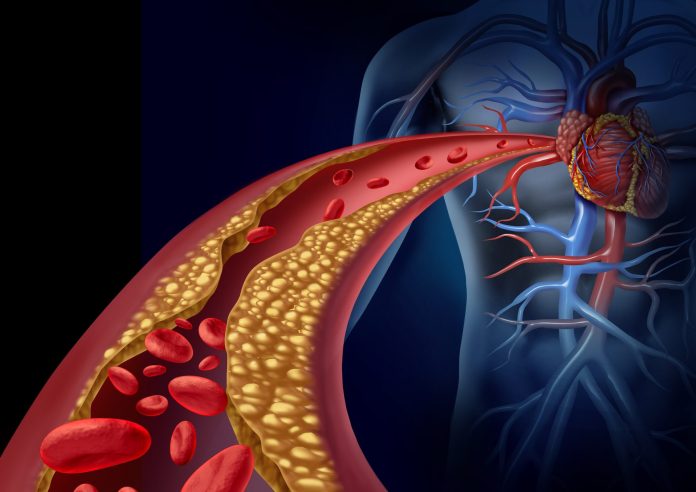
A new long-term study shows spinal scans for bone density can predict dementia risk. The team found a link between dementia and calcification of plaques that build up within the abdominal aorta. One in two women in the study had medium to high levels aortic calcification and they were twice as likely to be hospitalized or die from a late-life dementia—independent of other cardiovascular factors or genetic factors.
The report appeared in The Lancet Regional Health—Western Pacific.
Late-life dementia is increasingly common and is linked to possible brain cell damage from several diseases, some of which cause narrowing of the blood vessels to the brain.
Abdominal aortic calcification (AAC) is typically used to predict cardiovascular disease risk, such as heart attack and stroke. These researchers found that it is also a reliable marker for late-life dementia.
Led by Edith Cowan University (ECU) Nutrition and Health Innovation Institute and Centre for Precision Health, the international team included researchers from the University of Western Australia, University of Minnesota, Sir Charles Gairdner Hospital, and the Marcus Institute for Aging Research ag Hebrew SeniorLife, Harvard Medical School.
The team examined lateral spine images captured in 1998 from a bone density screening to assess AAC in 968 women who were on average 75 years old. Their scans were then classified as low, moderate, or extensive. Cardiovascular risk factors and apolipoprotein E (APOE) genotyping were evaluated. Using hospital and mortality records, the team identified women who, over the next 15 years, developed late-life dementia. As noted earlier, one in two of the participants with high to medium AAC levels were twice as likely to experience this condition.
Simon Laws, ECU’s Centre for Precision Health director, said, “What’s come to light is the importance of modifying risk factors such as diet and physical activity in preventing dementia: you need to intervene early and hopefully this study allows for the earliest possible change and the greatest impact.”
He added that, “AAC is important as it was able to identify dementia risk in people who don’t have the major genetic risk factor present in 50 per cent of people who develop Alzheimer’s disease, which is the most common form of dementia.”
The bone scan machines are common, with some 600,000 bone density tests performed each year in Australia alone to screen for osteoporosis.
Lewis added that an additional scan capturing lateral spine images can be performed when people undergo standard bone density tests. “It’s generally very quick and easy to capture these scans and they are less-invasive, cheaper and miniscule in radiation exposure compared to X-rays or CT scans,” Lewis said. “We know the causes of AAC go beyond traditional cardiovascular risk factors and many of these causes overlap with late-life dementia risk factors.
He added that “At ECU we’re also working with the computer science team automating the AAC assessments, which will make the process a lot quicker and easier rather than needing a trained imaging expert to read the scans. It means these scans may be a cheap, rapid and safe way to screen a large number of susceptible older Australians for higher late-life dementia risk.”
Lewis said incorporating dementia risk into discussions surrounding cardiovascular health could see people make necessary lifestyle changes. “I think the next step is telling people about their AAC and late-life dementia risk to see if this can motivate healthy diet and lifestyle behavior changes.”
Recent studies have found that lifestyle changes make a difference in dementia risk.
Heart Foundation chief medical adviser, Garry Jennings AO, welcomed the research. “Vascular dementia is an increasingly common disability in older people,” he said. “It is often associated with heart disease or risk factors such as hypertension earlier in life.”











